OF THE
TIMES
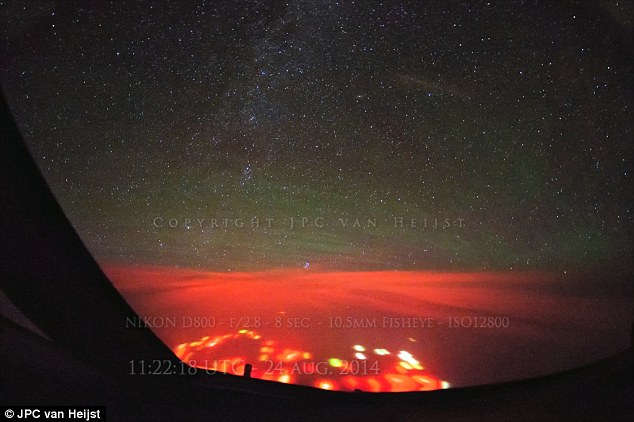
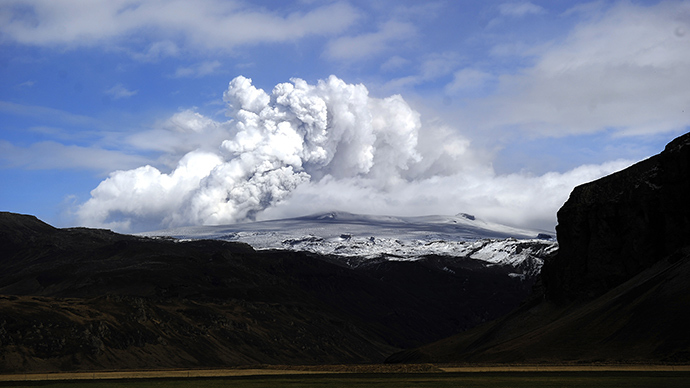
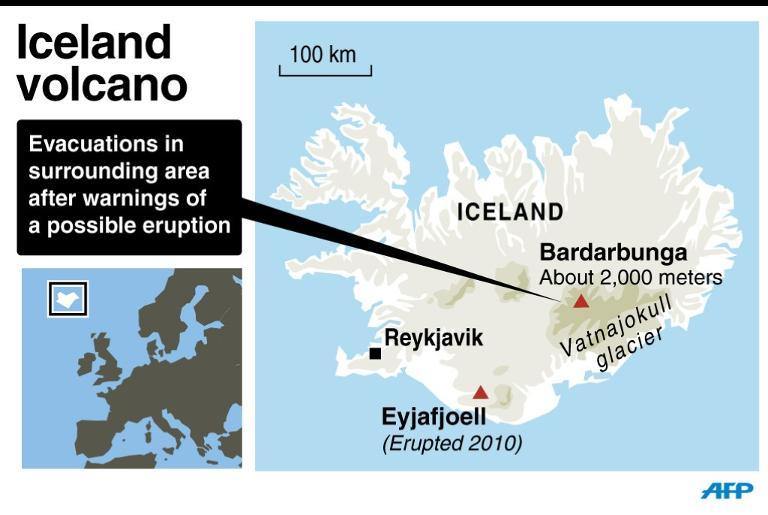
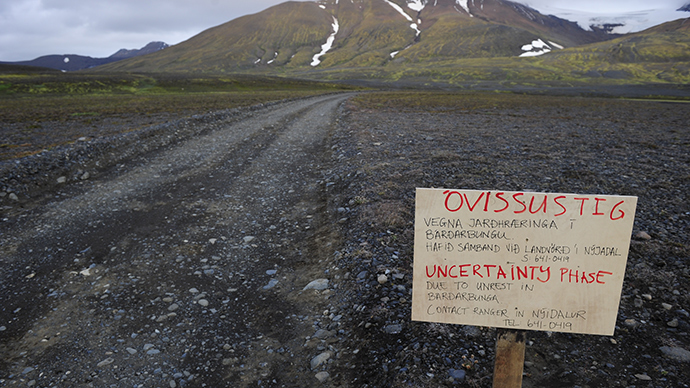
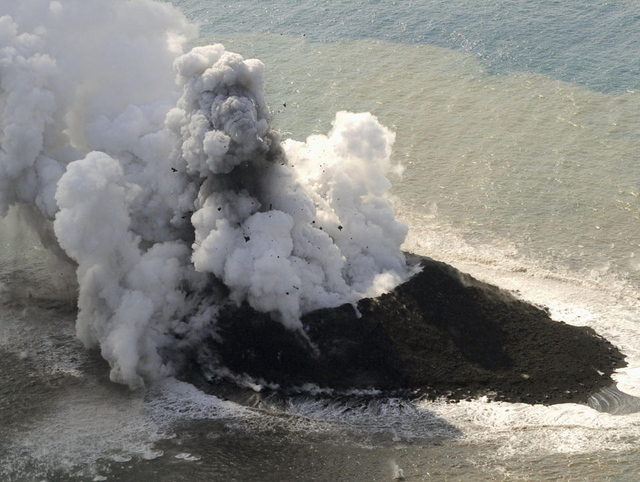
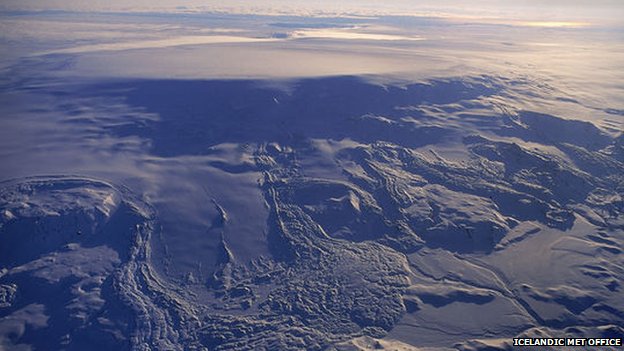
Bardarbunga's last major eruption was horrendous. It changed the weather pattern in northern Europe and darkened the skies for months during 1477. That gigantic eruption generated the largest lava flow in 10,000 years and significantly expanded Iceland's land mass.
Grim experts concede that if the volcano's current activity culminates in an eruption equal to that of 1477, all of Scandinavia and much of northern Russia and Europe will be left reeling.The UK will be slammed by choking volcanic dust, grit and poisonous superheated gases. Commerce will grind to a halt, the skies will blacken for weeks, perhaps months, and agriculture would be severely affected.
The late Cornell University professor, astronomer Carl Sagan, used the consequences of large volcanic eruptions impact on global cooling as part of his theoretical model for the frightening prospect of a nuclear winter.
Ken Caldeira, an earth scientist at Stanford University, California, and member of Britain's prestigious Royal Society working group on geo-engineering, explained that "dust sprayed into the stratosphere in volcanic eruptions is known to cool the Earth by reflecting light back into space."
That simple process has led to the starvation of whole nations in the past. Volcanic gases and dust suspended in the atmosphere cool the Earth to a point where the growing seasons significantly shrink and crops cannot reach maturity.
Comment: Click Play below to see the volcanic activity around the world map for the month of August. The Ring of Fire is active as well as the "usual suspects" in Europe: